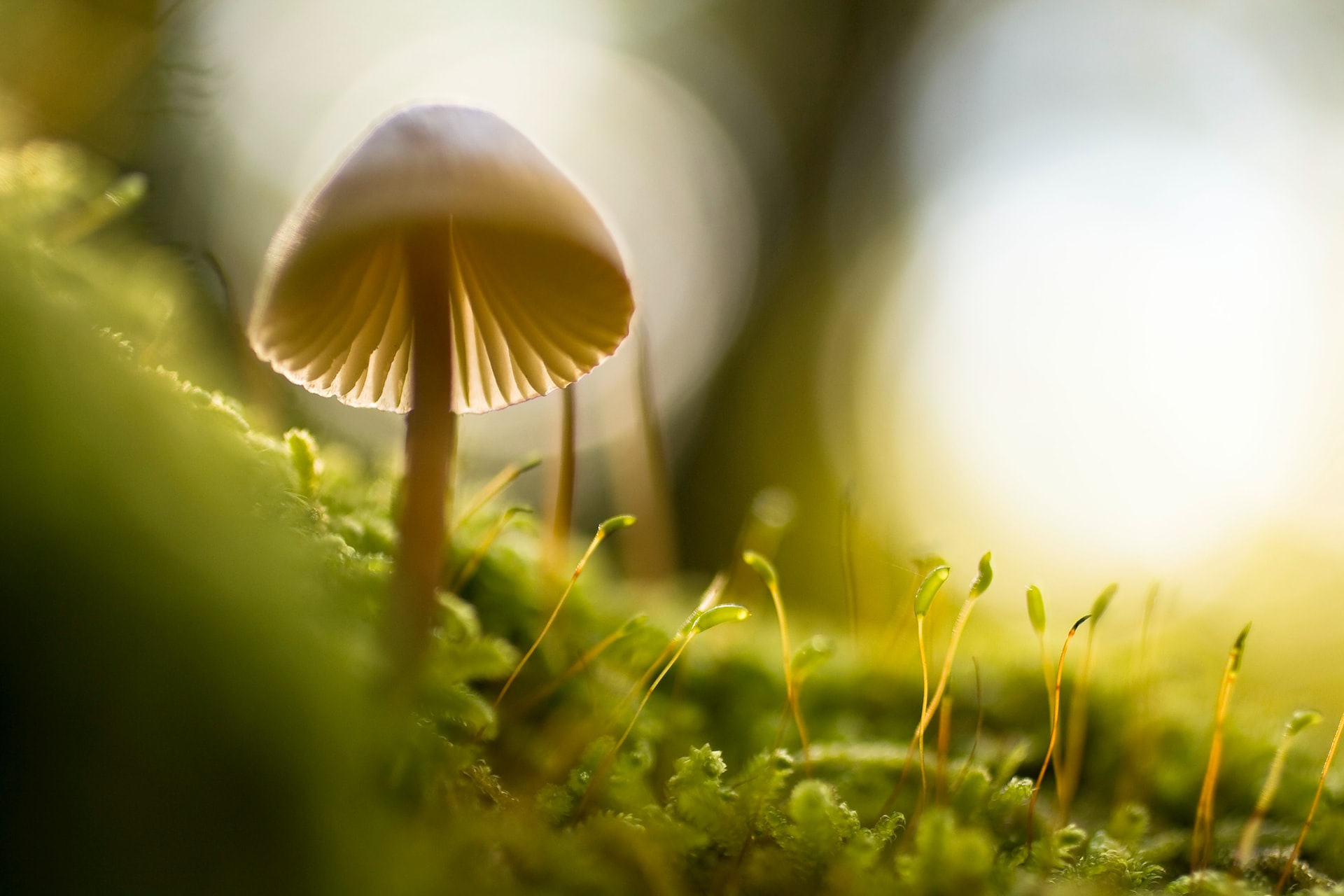
Lutz Hempel
The Character Strength of Hope
In this post, Lutz Hempel invites us to explore ways of cultivating the character strength of Hope, individually and collectively.

Hope is very much needed – as an ingredient for a happier life and more wellbeing in society, particularly in the face of challenges and difficulties, particularly in times of crises.
How can we cultivate hope, individually and collectively?
To answer that question, it helps to understand hope better first:
Hope, in positive psychology, is defined as “expecting the best in the future and working to achieve it” or as “believing that a good future is something that can be broad about” (Niemiec). Thus, it incorporates both a positive attitude and engagement, combines a confident way of looking at what’s ahead with the will and action to move on, even in difficult situations and phases in life. Hope is strongly linked with meaning, engagement, and pleasure.
Moreover, hope is a “character strength”, one of 24 such strengths everyone carries in them. Character strengths can be described as capabilities for thinking, feeling, volition and behaving in ways that benefit and support both oneself and others. That means hope is in us already, we are capable of hoping, and because of that we can cultivate hope.
Other character strengths can help us cultivate hope (Niemiec): Particularly zest, gratitude, perspective, perseverance and love, as they correlate highest with hope, according to science. I suggest a couple of short reflection practices to create supportive energies and space for your practice of hope – looking back at the day or week, you can ask yourself:
- What has given me energy or has excited me (or, whom have I given energy / excitement)?
– This connects you with your strength of zest; - What has touched me (or, who have I touched)?
– This touches your strengths of love and gratitude; - What has inspired me (or who have I inspired)?
– Here it’s perspective you connect to; - What have I achieved?
– Here it’s perseverance
A great way to practice hope is to look at a goal you have set for today or the week or the month, or set one, and envision two things (based on Feldman & Dreher; Snyder, Rand & Sigmon):
- different pathways to reach the goal
- the many reasons you will be able to reach it
If you prepare for this exercise with short reflections on a couple of the above questions, you are likely to raise more of a hope energy in you. And if you do it mindfully, i.e. if you observe and appreciate kindly what shows or emerges in you during the preparation and actual hope exercise, chances are that you enrich the whole experience further.
The connection of the hope exercise to a concrete goal and to pathways and reasons for reaching it roots in scientific findings that hope often involves two types of thinking: a) agency thinking, i.e. perceiving you can keep up the energy and motivation to follow through with goals, and b) pathways thinking, i.e. perceiving you can create goals and follow any of multiple ways to reach them.
Other possibilities to practice hope include mindfulness exercises where you, e.g. in sitting or walking meditation, focus on your strength of hope and relating experiences you have had (where you felt confident or full of hope, or where something important worked out for you in uncertainty), looking at its qualities in you and sensing the resonances. Or contemplation exercises – to expand your understanding and practice of hope, I suggest you contemplate the following two short texts:
- “Hope locates itself in the premises that we don’t know what will happen and that in the spaciousness of uncertainty is room to act. When you recognise uncertainty, you recognise that you may be able to influence the outcomes – you alone or you in concert with a few dozen or several million others. Hope is an embrace of the unknown and the unknowable, an alternative to the certainty of both optimists and pessimists.” (Solnit)
- “We must keep hoping. Our practice of calming and looking deeply nourishes our hope. And, with that calmness, that looking deeply, and that openness, we can grow a movement of awakening, in size and in quality. So many people are ready to be something and to do something for the causes of peace, of social justice, of protecting the planet. We should not feel alone.” (Nhat Hanh)
Both texts invite us to consider the practice of hope an individual and a collective practice. First, our individual practices result in collective impact of some sort, that’s a promising idea. But there is more to it: Hope can also be practiced together, e.g. in a mindfulness group or sangha, in school classes, or in your family. It is very worth trying, individually and collectively.
Feldman, D.B., & Dreher, D.E. (2012). Can hope be changed in 90 minutes? Testing the efficacy of a single-session goal-pursuit intervention for college students. Journal of Happiness Studies, 13(4), 745-759
Nhat Hanh, T. (2021). Zen and the art of saving the planet. Rider
Niemiec, R.M. (2018). Character Strengths Interventions. hogrefe
Solnit, R. (2016). ‘Hope is an embrace of the unknown’: Rebecca Solnit on living in dark times. In The Guardian, July 15th 2016, www.theguardian.com
Snyder, C.R., Rand, K.L., & Sigmon, D.R. (2002). Hope theory: A member of the positive psychology family. In Cr. Snyder & S.J. Lopez (Eds.), Handbook of positive psychology (pp. 257-276). New York, NY: Oxford University Press


